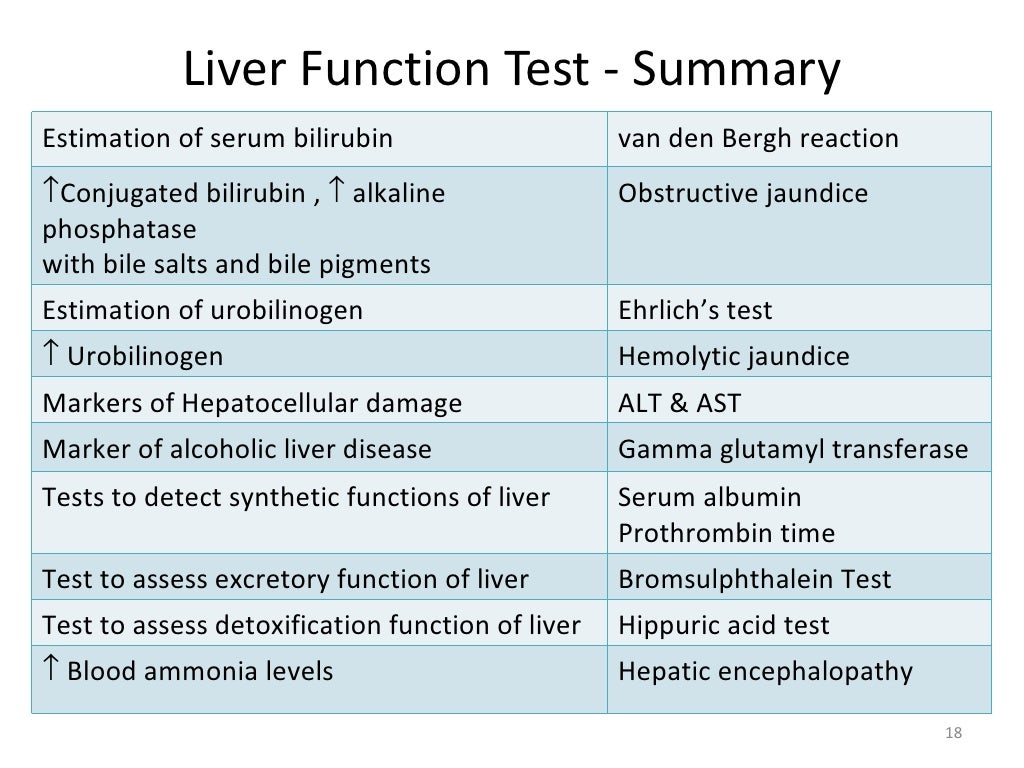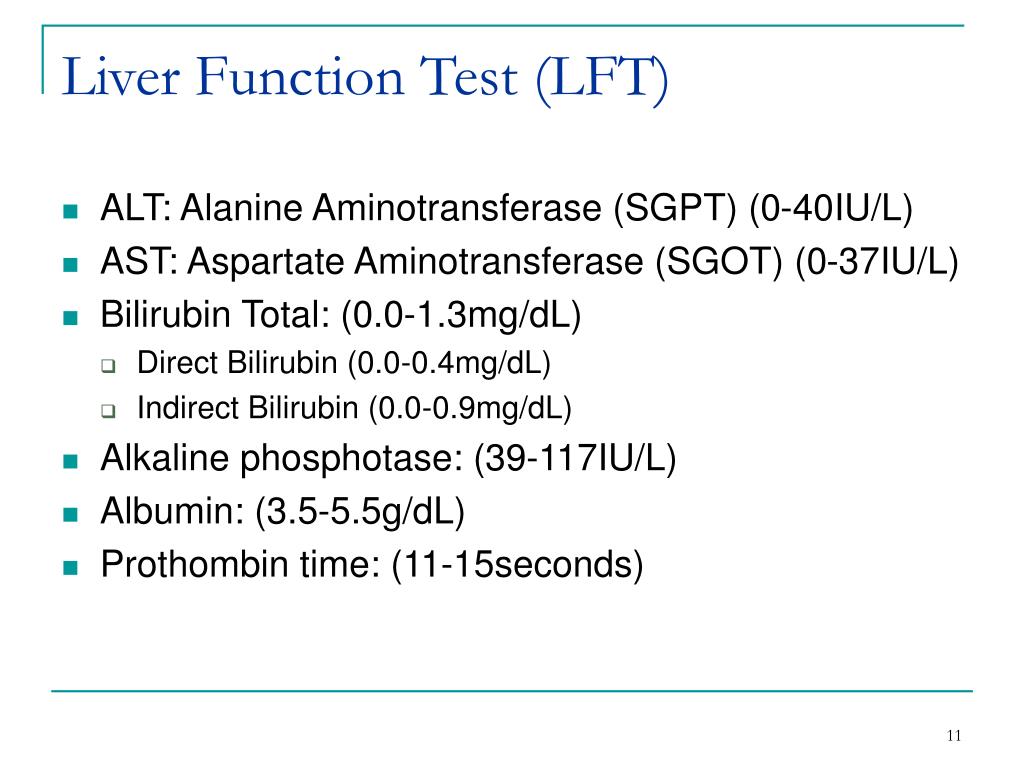What lab test shows liver function. Understanding Liver Function Tests for Alcoholic Hepatitis: A Comprehensive Guide
What lab tests are used to assess liver function in alcoholic hepatitis. How are liver function tests interpreted in alcoholic hepatitis patients. What do abnormal liver function test results indicate about alcoholic hepatitis severity.
Overview of Liver Function Tests in Alcoholic Hepatitis
Liver function tests play a crucial role in diagnosing and monitoring alcoholic hepatitis, a serious condition caused by excessive alcohol consumption. These blood tests measure various chemicals and enzymes produced by the liver, providing valuable insights into liver health and function.
While liver function tests cannot directly diagnose alcoholic hepatitis, they are essential for assessing liver damage, inflammation, and overall liver function in patients suspected of having this condition. Understanding these tests can help both patients and healthcare providers better manage alcoholic hepatitis.
Key Liver Function Tests for Alcoholic Hepatitis
Several specific blood tests are commonly used to evaluate liver function in alcoholic hepatitis patients:
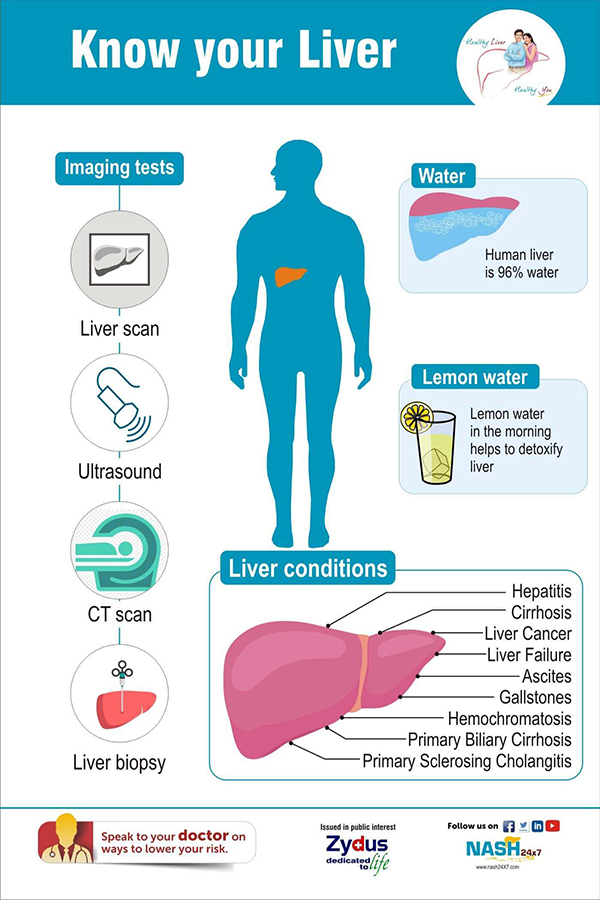
- Bilirubin: Measures the level of a yellowish pigment produced during the breakdown of red blood cells
- Albumin: Assesses the level of a protein produced by the liver
- Total serum protein: Measures the overall amount of proteins in the blood
- Alanine aminotransferase (ALT or SGPT): An enzyme that indicates liver cell damage
- Aspartate aminotransferase (AST or SGOT): Another enzyme that can signal liver injury
- Alkaline phosphatase (AP): An enzyme that may indicate bile duct blockage
These tests provide a comprehensive picture of liver health and can help healthcare providers determine the severity of alcoholic hepatitis.
Interpreting Liver Function Test Results
Interpreting liver function test results requires expertise, as the normal range can vary between laboratories. Generally, results outside the normal range may indicate liver dysfunction or damage. In alcoholic hepatitis patients, specific patterns of abnormal results can provide valuable diagnostic information.
For example, elevated levels of ALT and AST often indicate liver cell damage, which is common in alcoholic hepatitis. A higher AST to ALT ratio (typically greater than 2:1) is particularly suggestive of alcohol-related liver disease. Elevated bilirubin levels may indicate that the liver is struggling to process this waste product, while low albumin levels can suggest impaired liver function.
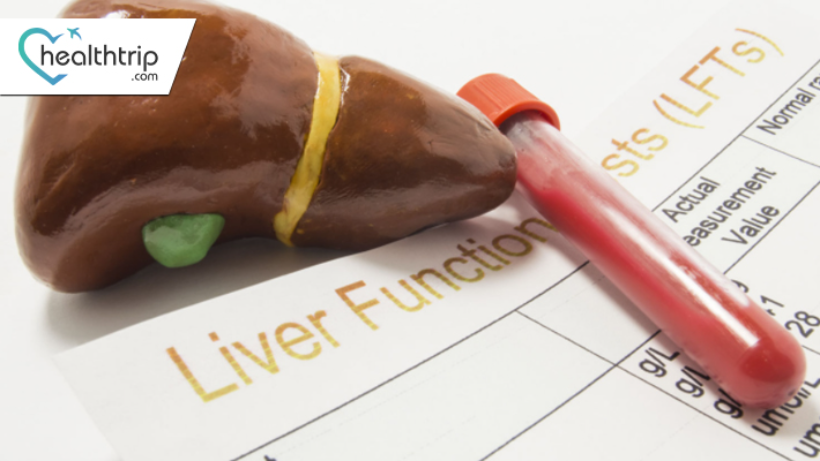
The Importance of Liver Enzyme Studies in Alcoholic Hepatitis
Liver enzyme studies are particularly crucial in assessing alcoholic hepatitis. These tests measure enzymes that are released into the bloodstream when liver cells are damaged. In alcoholic hepatitis, the levels of certain enzymes can be significantly elevated, providing important clues about the extent of liver injury.
Key Liver Enzymes in Alcoholic Hepatitis
- ALT (Alanine aminotransferase): Often moderately elevated in alcoholic hepatitis
- AST (Aspartate aminotransferase): Typically significantly elevated, often more so than ALT
- GGT (Gamma-glutamyl transferase): Frequently elevated in alcohol-related liver disease
The pattern and degree of enzyme elevation can help differentiate alcoholic hepatitis from other liver conditions and guide treatment decisions.
Assessing Liver Synthetic Function in Alcoholic Hepatitis
In addition to enzyme studies, tests that evaluate the liver’s synthetic function are crucial in alcoholic hepatitis. The liver is responsible for producing many essential proteins, and its ability to do so can be compromised in severe cases of alcoholic hepatitis.

Key Markers of Liver Synthetic Function
- Albumin: Low levels may indicate impaired liver function
- Prothrombin time (PT) or International Normalized Ratio (INR): Prolonged times can suggest decreased production of clotting factors by the liver
These tests are particularly important in assessing the severity of alcoholic hepatitis and predicting outcomes. Severely impaired synthetic function often indicates advanced liver disease and may influence treatment decisions.
The Role of Bilirubin in Diagnosing Alcoholic Hepatitis
Bilirubin is a yellowish compound produced when the liver breaks down old red blood cells. In alcoholic hepatitis, bilirubin levels can be significantly elevated, leading to jaundice – a yellowing of the skin and eyes.
Elevated bilirubin levels in alcoholic hepatitis patients can indicate:
- Impaired liver function: The liver may struggle to process and excrete bilirubin
- Possible bile duct obstruction: Inflammation can sometimes lead to blockage of bile ducts
- Severity of the condition: Higher bilirubin levels often correlate with more severe disease
Monitoring bilirubin levels over time can help track the progression or improvement of alcoholic hepatitis.
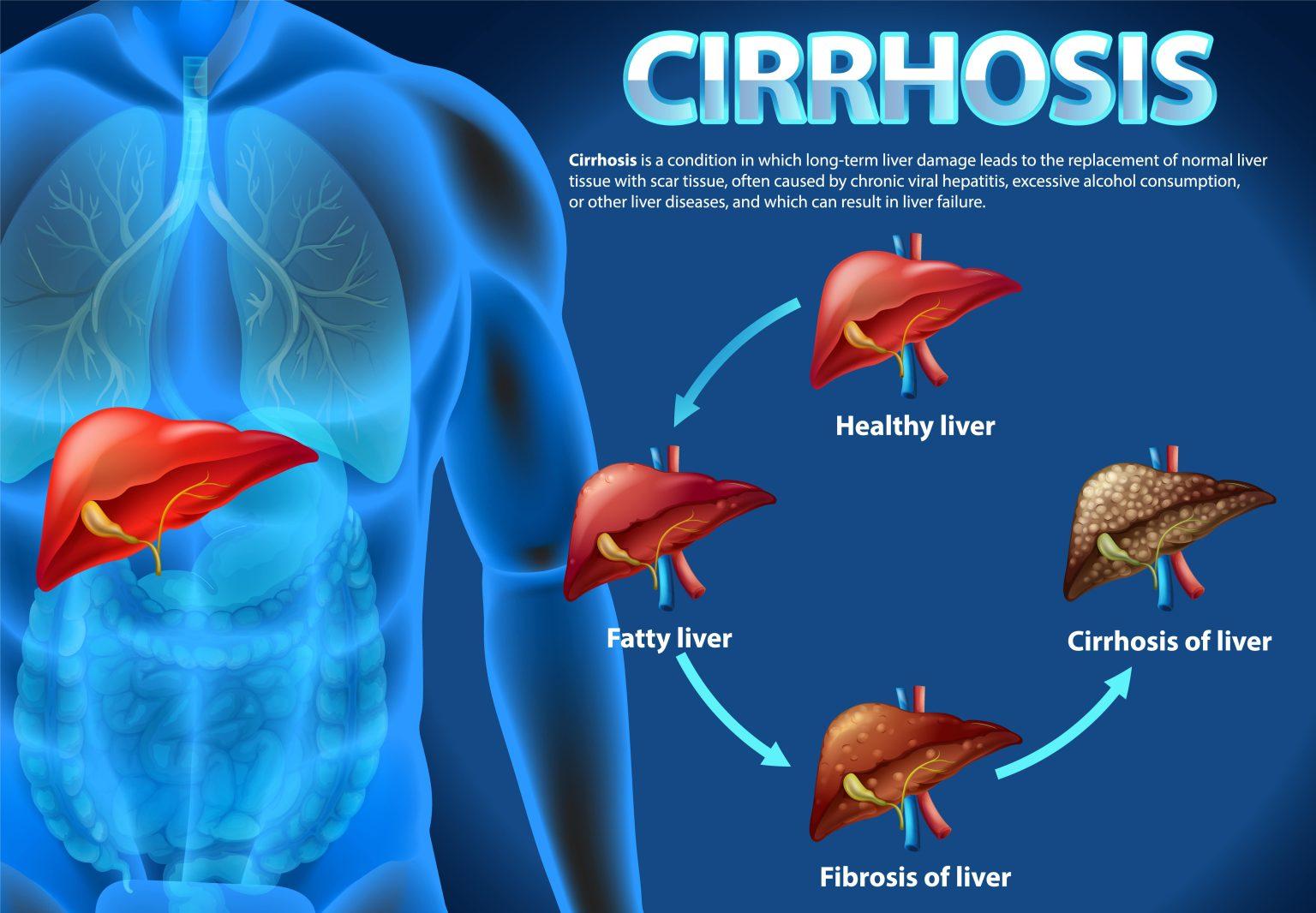
Additional Tests for Comprehensive Evaluation of Alcoholic Hepatitis
While liver function tests are central to the diagnosis and monitoring of alcoholic hepatitis, healthcare providers often use additional tests to gain a more comprehensive understanding of a patient’s condition:
Complete Blood Count (CBC)
A CBC can reveal:
- Anemia: Common in chronic alcohol abuse and advanced liver disease
- Thrombocytopenia (low platelet count): May indicate advanced liver disease or portal hypertension
- Elevated white blood cell count: Can suggest inflammation or infection
Imaging Studies
Imaging tests such as ultrasound, CT scans, or MRI can provide valuable information about:
- Liver size and texture
- Presence of fatty liver
- Signs of cirrhosis or portal hypertension
- Complications such as ascites or liver tumors
Liver Biopsy
While not always necessary, a liver biopsy can provide definitive diagnosis and staging of alcoholic hepatitis. It involves taking a small sample of liver tissue for microscopic examination.
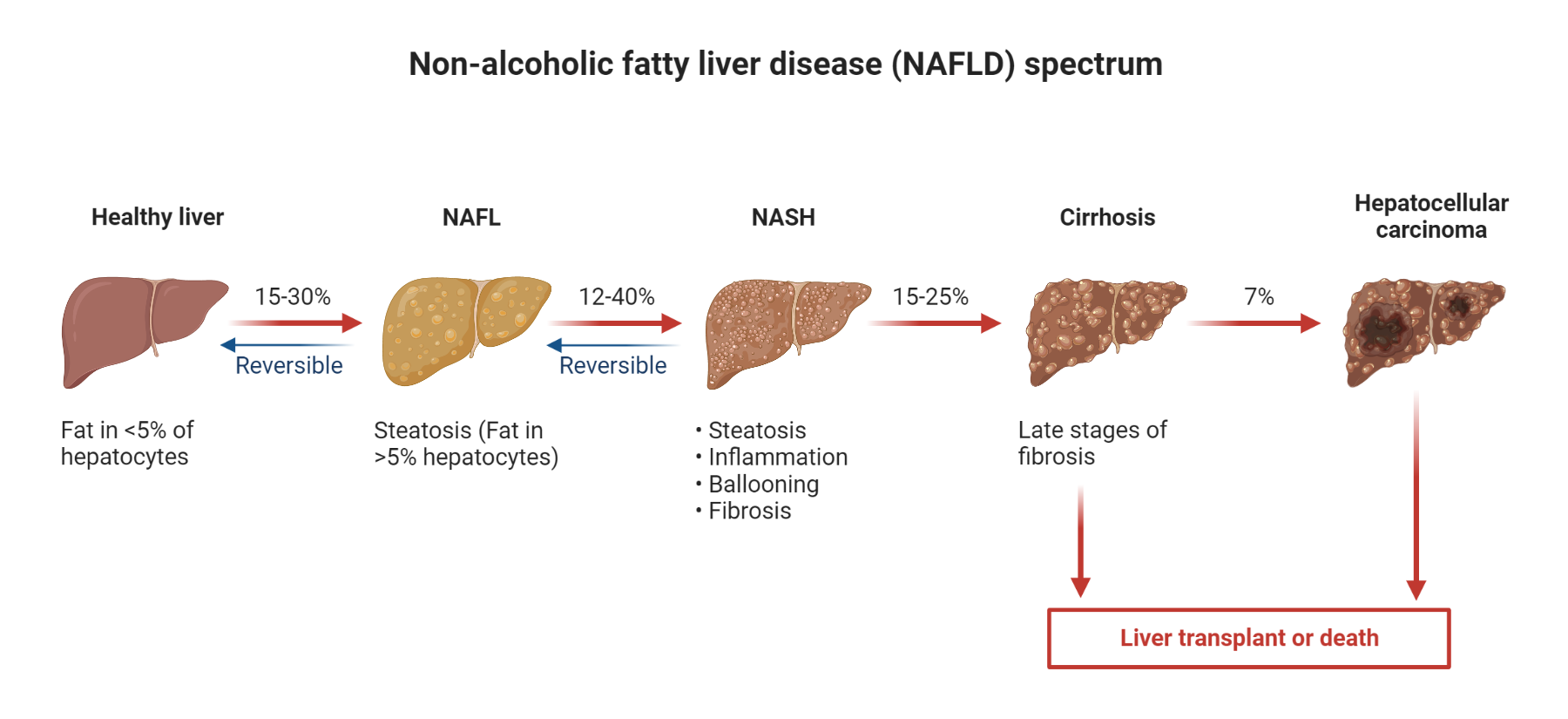
Monitoring Treatment Response and Recovery in Alcoholic Hepatitis
Liver function tests play a crucial role in monitoring treatment response and recovery in patients with alcoholic hepatitis. Regular testing can help healthcare providers assess the effectiveness of interventions and guide ongoing management.
Key Aspects of Monitoring
- Trend analysis: Tracking changes in liver function tests over time
- Treatment efficacy: Assessing improvement in liver enzyme levels and synthetic function
- Complication surveillance: Monitoring for signs of worsening liver function or development of complications
Improvement in liver function test results, particularly a decrease in bilirubin levels and normalization of liver enzymes, often indicates a positive response to treatment and abstinence from alcohol.
Long-term Management and Follow-up for Alcoholic Hepatitis Patients
For patients recovering from alcoholic hepatitis, ongoing monitoring of liver function is essential. This helps ensure sustained recovery and early detection of any recurrence or complications.
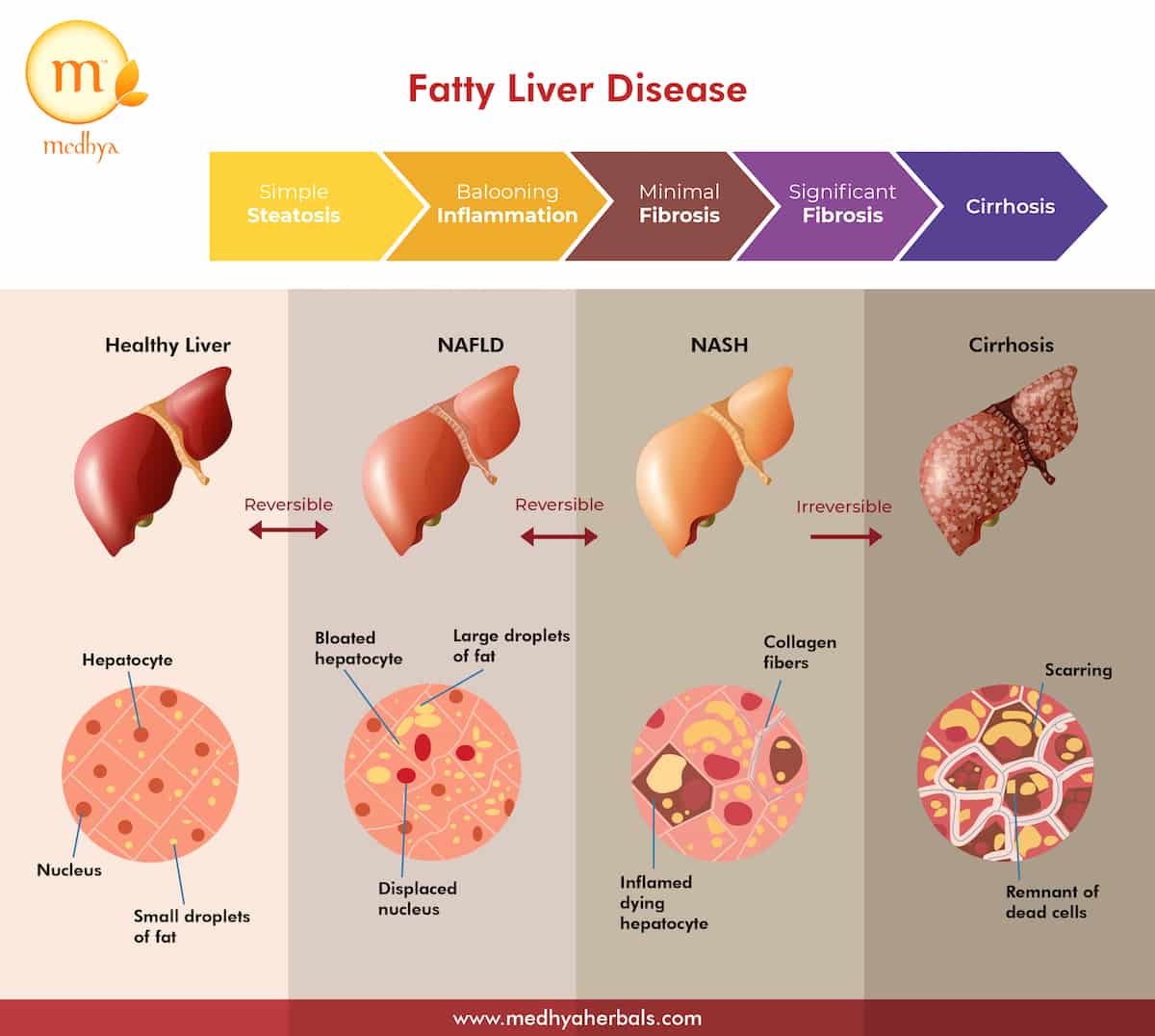
Long-term Monitoring Strategy
- Regular liver function tests: Frequency determined by the severity of initial disease and recovery progress
- Periodic imaging studies: To assess liver structure and screen for complications
- Lifestyle counseling: Support for maintaining alcohol abstinence and adopting liver-healthy habits
Long-term management also involves addressing any underlying nutritional deficiencies and managing other health conditions that may impact liver health.
Understanding liver function tests is crucial for both healthcare providers and patients in managing alcoholic hepatitis. These tests provide valuable insights into liver health, guide treatment decisions, and help monitor recovery. By regularly assessing liver function and addressing abnormalities promptly, the prognosis for many patients with alcoholic hepatitis can be significantly improved.
Liver Function Tests | HealthLink BC
Topic Contents
- Test Overview
- Why It Is Done
- How To Prepare
- How It Is Done
- Results
- Credits
Test Overview
Some blood tests are used to determine whether your liver is damaged or inflamed. Although these tests help your doctor evaluate how well your liver is working, they cannot tell if you have hepatitis C.
Tests that assess liver function
Your doctor may do tests to measure certain chemicals produced by the liver. These tests can help your doctor check how well your liver is working.
Tests may measure:
- Bilirubin.
- Albumin.

- Total serum protein.
Tests that check for inflammation of the liver (liver enzyme studies)
Your liver may be damaged if you have increased levels of:
- Alanine aminotransferase (ALT or SGPT).
- Aspartate aminotransferase (AST or SGOT).
An increased level of alkaline phosphatase (AP) may indicate blockage of bile ducts.
Why It Is Done
Liver tests are done when a medical history or physical examination suggests that something may be wrong with your liver.
These tests can also help diagnose long-term (chronic) infection. If liver enzymes are high, a test for hepatitis C antibodies may be done to see if you have hepatitis C.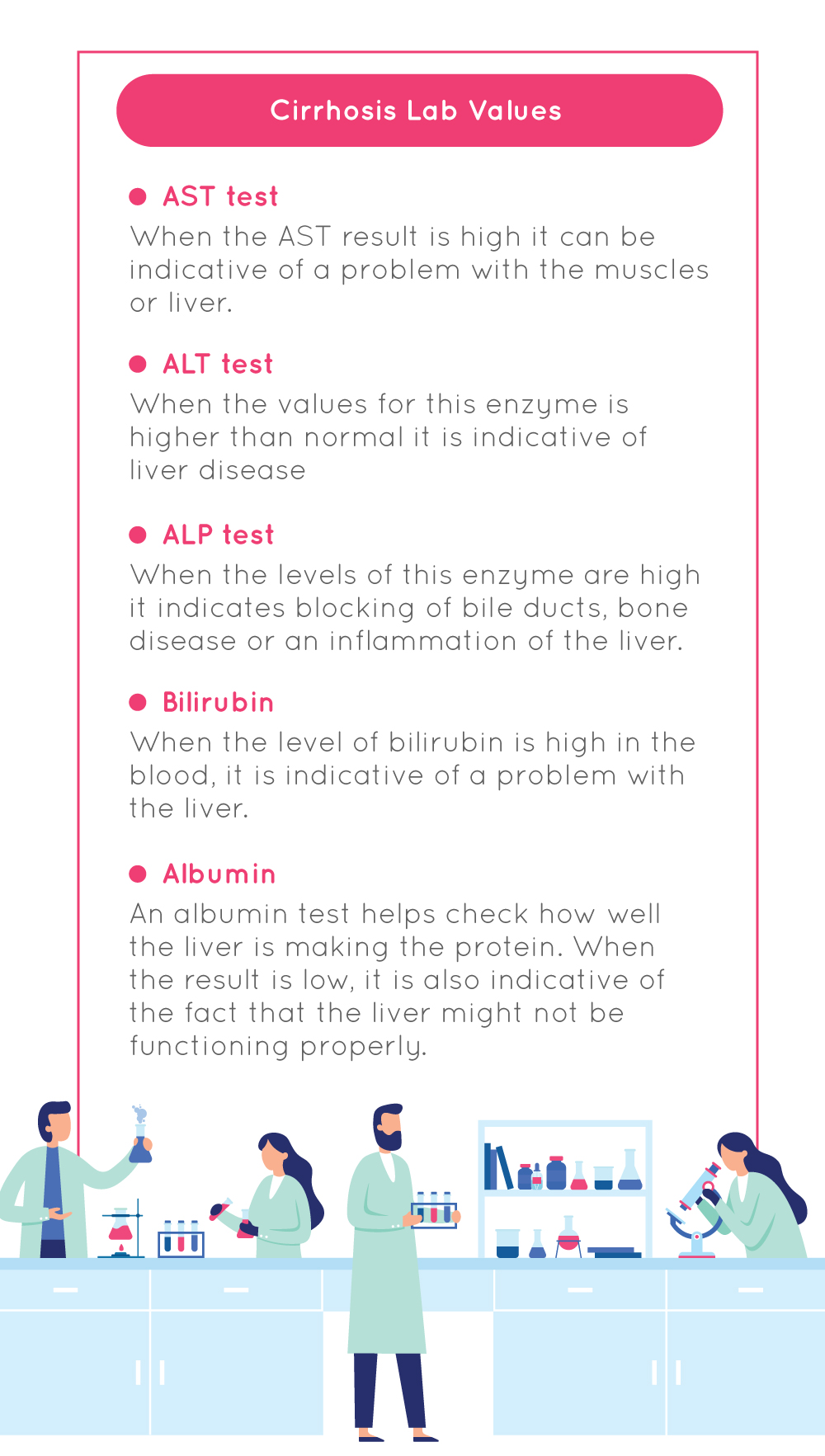
If you are being treated with antiviral therapy, you may have liver tests from time to time to see whether treatment is working.
How To Prepare
In general, there’s nothing you have to do before this test, unless your doctor tells you to.
How It Is Done
A health professional uses a needle to take a blood sample, usually from the arm.
Results
Normal
All levels are within the normal range.
Abnormal
One or more levels are outside the normal range.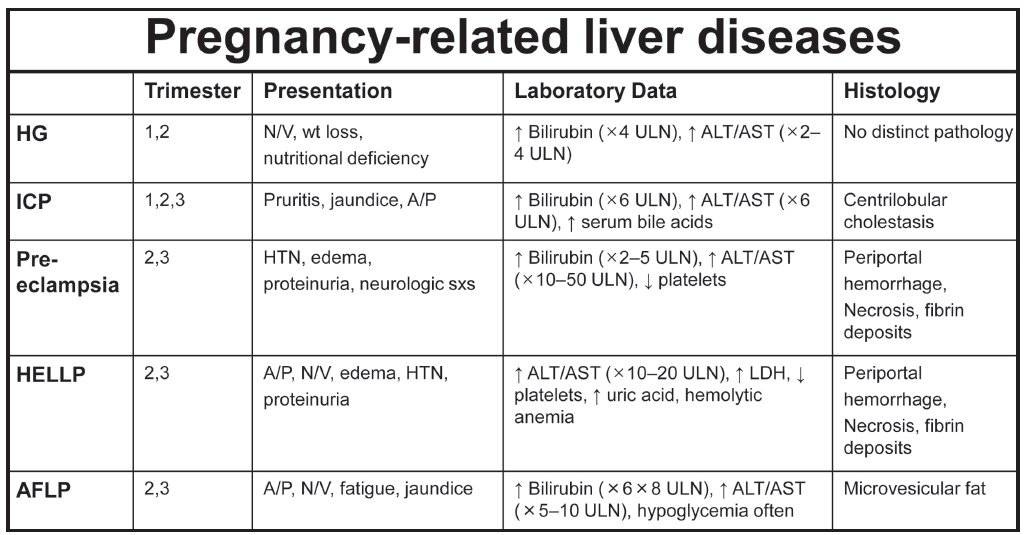 Abnormal liver function tests may mean that your liver is inflamed or is not working normally. This can be a sign that you have a viral infection.
Abnormal liver function tests may mean that your liver is inflamed or is not working normally. This can be a sign that you have a viral infection.
Credits
About This Page
General Feedback
Email Link
Physical Activity Services
We appreciate your feedback. Comments submitted through the form below can help us fix errors in page content, get rid of interface bugs, and update the HealthLinkBC website to better suit the needs of the people who use it.
To submit feedback about this web page, please enter your comments, suggestions, compliments or questions in the form below. To submit general feedback about the HealthLink BC website, please click on the General Feedback tab.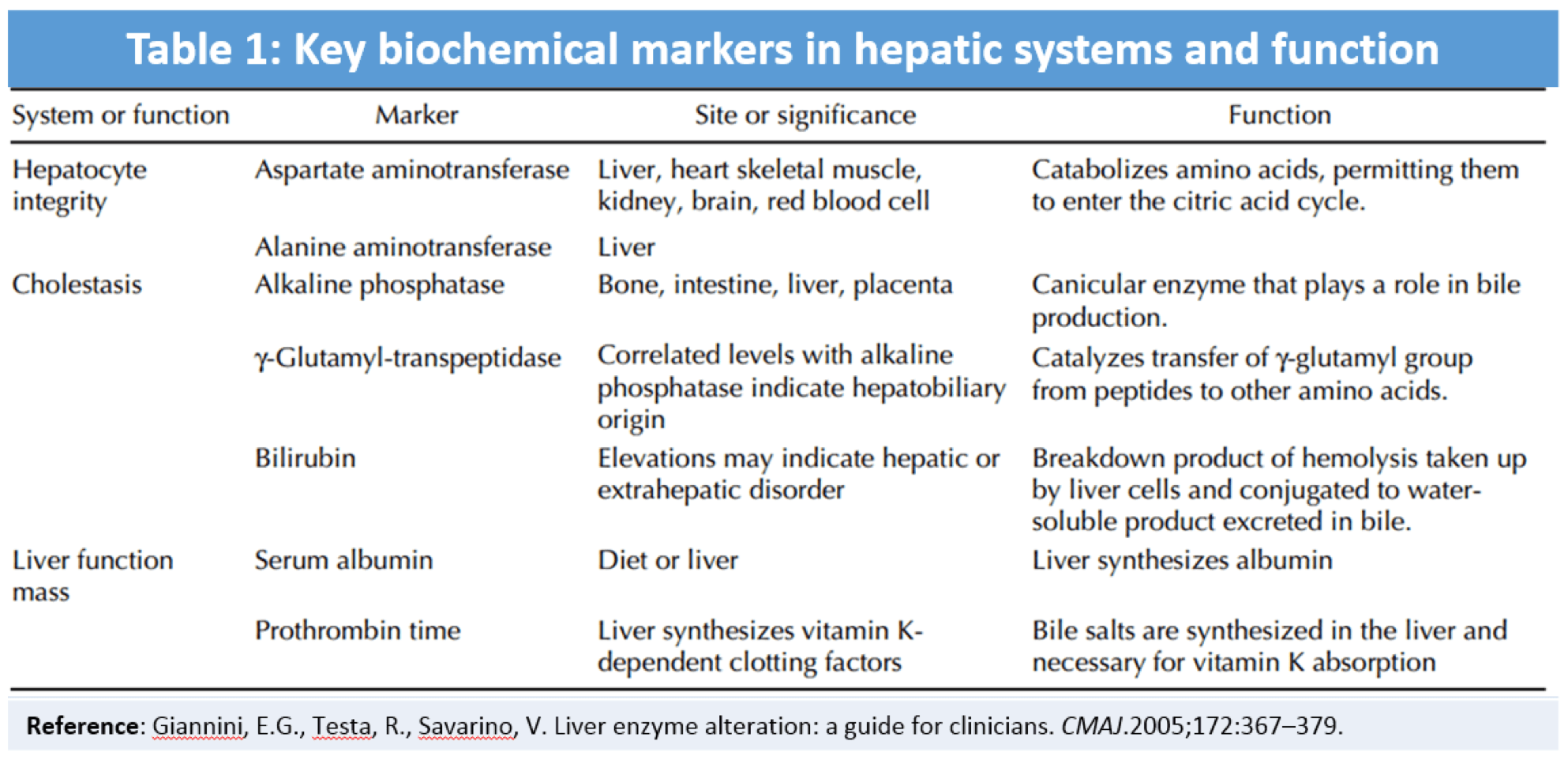
Page
Content
Functionality
Message:
Your name:
Your email:
To submit general feedback about the HealthLink BC website, please enter your comments, suggestions, compliments or questions in the form below. To submit feedback about a specific web page, please click on the About This Page tab.
Please note that we are unable to provide general health information or advice about symptoms by email. For general health information or symptom advice, please call us at 8-1-1 any time of the day or night.
For questions about food and nutrition, please click on Email a HealthLinkBC Dietitian.
What is your message about?
— Select –8-1-1 Telephone ServicesBC Health Service Locater AppBrand Name Food List (BNFL)Website ContentTechnical ProblemsPrint media requirements / Web buttonsOther
Message:
Your name:
Your email:
Understanding Lab Tests: Entire Lesson
Understanding Lab Tests: Overview
Once you’ve been diagnosed with hepatitis C, your VA provider probably will order several to learn about your liver health and your overall health.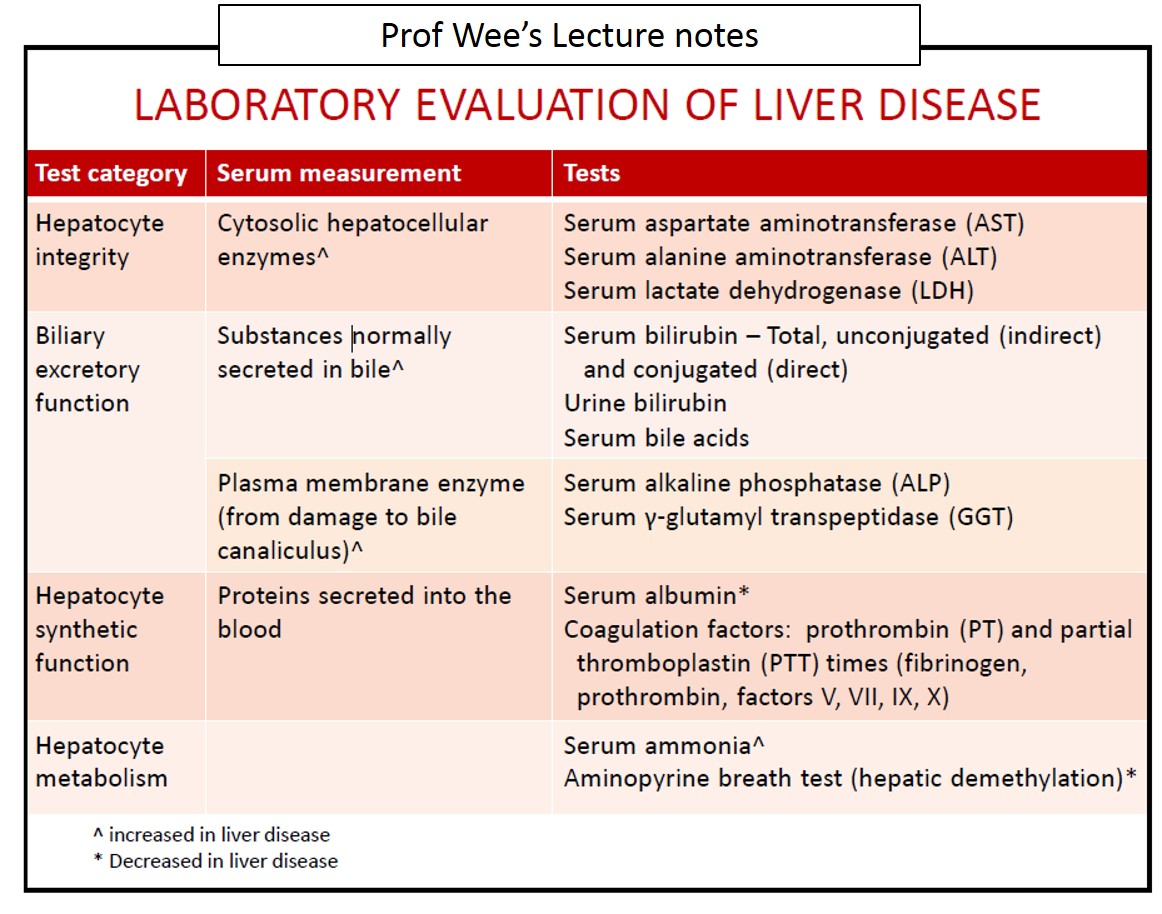 These tests will help determine which drug therapy is most appropriate to treat your hepatitis C.
These tests will help determine which drug therapy is most appropriate to treat your hepatitis C.
Some tests are repeated while you are on treatment to see if the treatment is working and to monitor for side effects. 10-12 weeks after you complete the Hepatitis C treatment, a final test is ordered to see if the treatment was successful, and if you have been cured. This is a very important test and should not be missed.
If you have scarring of the liver, or cirrhosis, you may be asked to complete tests on a regular basis. These tests will monitor your liver health and guide additional treatments to prevent worsening liver function.
In the following sections, you can learn about the tests, why your provider may have ordered them, and what the results mean.
Normal values for laboratory tests can vary from one lab to another. Check with your provider on the normal range for your lab tests.
Tests of liver function
If you have hepatitis C, most likely, your provider will check blood tests of your liver.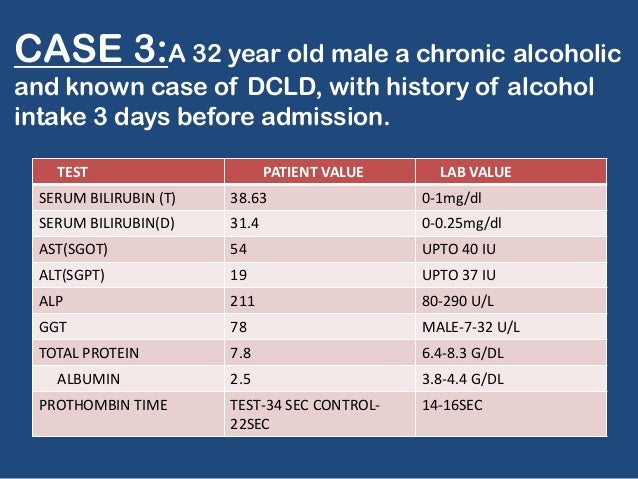 There are many different liver tests and it is helpful to know what each of them means. Here, we explain common liver blood tests and how to understand your results:
There are many different liver tests and it is helpful to know what each of them means. Here, we explain common liver blood tests and how to understand your results:
- Liver panel
- Liver enzymes
- Liver function tests (LFTs)
- ALT (SGPT)
- AST (SGOT)
- Bilirubin
- Albumin
- Prothrombin time (PT)
- Alkaline phosphatase
- INR
- Platelets
- Total protein
Liver panel
A “liver panel” usually refers to several lab tests performed as a group. Depending on the provider or the laboratory, a liver panel usually includes tests for AST, ALT, bilirubin, and alkaline phosphatase.
Liver enzymes
Usually, the term “liver enzymes” refers to the AST and the ALT.
Liver function tests (LFTs)
The phrase “liver function tests” or “LFTs” is commonly used by patients and providers.
Liver function is best measured by the PT, INR and albumin. Therefore, if you are getting a PT, INR or albumin, these tests can determine how the liver is “functioning.”
Therefore, if you are getting a PT, INR or albumin, these tests can determine how the liver is “functioning.”
ALT (SGPT)
ALT, or alanine aminotransferase, is one of the two liver enzymes. It is sometimes known as serum glutamic-pyruvic transaminase, or SGPT. It is a protein made only by liver cells. When liver cells are damaged, ALT leaks out into the bloodstream and the level of ALT in the blood is elevated.
Scroll over image to see an animation of liver enzymes leaking into the blood.
Explanation of test results:
A high ALT level often means there is some liver damage, but it may not be related to hepatitis C. It is important to realize the ALT level goes up and down in most patients with hepatitis C. The ALT level does not tell you how much liver damage there is, and small changes are common. Changes in the ALT level do not mean the liver is doing any better or any worse. The ALT level does not indicate how much scarring (fibrosis) is in the liver and it does not predict how much liver damage will develop. A normal ALT does not mean the hepatitis C is cured.
A normal ALT does not mean the hepatitis C is cured.
Other things to know:
- Many patients with hepatitis C will have a normal ALT level.
- Patients can have very severe liver disease and cirrhosis and still have a normal ALT level.
- When a patient takes treatment for hepatitis C, it is helpful to see if the ALT level goes down.
AST (SGOT)
AST, or aspartate aminotransferase, is one of the two liver enzymes. It is also known as serum glutamic-oxaloacetic transaminase, or SGOT. AST is a protein made by liver cells. When liver cells are damaged, AST leaks out into the bloodstream and the level of AST in the blood becomes elevated. AST is different from ALT because AST is found in parts of the body other than the liver—including the heart, kidneys, muscles, and brain. When cells in any of those parts of the body are damaged, AST can be elevated.
Explanation of test results:
A high AST level often means there is some liver damage, but it is not necessarily caused by hepatitis C. A high AST with a normal ALT may mean that the AST is coming from a different part of the body. It is important to realize that the AST level in most patients with hepatitis C goes up and down. The exact AST level does not tell you how much liver damage there is, or whether the liver is getting better or worse, and small changes should be expected. However, for patients receiving treatment for hepatitis C, it is helpful to see if the AST level goes down.
A high AST with a normal ALT may mean that the AST is coming from a different part of the body. It is important to realize that the AST level in most patients with hepatitis C goes up and down. The exact AST level does not tell you how much liver damage there is, or whether the liver is getting better or worse, and small changes should be expected. However, for patients receiving treatment for hepatitis C, it is helpful to see if the AST level goes down.
Other things to know:
- The AST level is not as helpful as the ALT level for checking the liver.
- Many patients with hepatitis C will have a normal AST level.
- Patients can have very severe liver disease or cirrhosis and still have a normal AST level.
Bilirubin
Bilirubin is a yellowish substance that is created by the breakdown (destruction) of hemoglobin, a major component of red blood cells.
Explanation of test results:
As red blood cells age, they are broken down naturally in the body. Bilirubin is released from the destroyed red blood cells and passed on to the liver. The liver releases the bilirubin in fluid called bile. If the liver is not functioning correctly, the bilirubin will not be properly released. Therefore, if the bilirubin level is higher than expected, it may mean that the liver is not functioning correctly.
Bilirubin is released from the destroyed red blood cells and passed on to the liver. The liver releases the bilirubin in fluid called bile. If the liver is not functioning correctly, the bilirubin will not be properly released. Therefore, if the bilirubin level is higher than expected, it may mean that the liver is not functioning correctly.
Other things to know:
- Levels of bilirubin in the blood go up and down in patients with hepatitis C.
- When bilirubin levels remain high for prolonged periods, it usually means there is severe liver disease and possibly cirrhosis.
- High levels of bilirubin can cause jaundice (yellowing of the skin and eyes, darker urine, and lighter-colored bowel movements).
- Elevated bilirubin levels can be caused by reasons other than liver disease.
Albumin
Albumin is a protein made by the liver. Albumin prevents fluid from leaking out of blood vessels into tissues.
Explanation of test results:
A low albumin level in patients with hepatitis C can be a sign of cirrhosis (advanced liver disease). Albumin levels can go up and down slightly. Very low albumin levels can cause symptoms of edema, or fluid accumulation, in the abdomen (called ascites) or in the leg (called edema).
Albumin levels can go up and down slightly. Very low albumin levels can cause symptoms of edema, or fluid accumulation, in the abdomen (called ascites) or in the leg (called edema).
Other things to know:
- A low albumin level can also come from kidney disease, malnutrition, or acute illness.
- A low albumin level causing fluid overload is often treated with diuretic medications, or “water pills.”
Prothrombin time
Prothrombin is a protein made by the liver. Prothrombin helps blood to clot. The “prothrombin time” (PT) is one way of measuring how long it takes blood to form a clot, and it is measured in seconds (such as 13.2 seconds). A normal PT indicates that a normal amount of blood-clotting protein is available.
Explanation of test results:
When the PT is high, it takes longer for the blood to clot (17 seconds, for example). This usually happens because the liver is not making the right amount of blood clotting proteins, so the clotting process takes longer. A high PT usually means that there is serious liver damage or cirrhosis. A high PT may indicate there is a higher risk for internal bleeding from the upper part of the GI tract (esophagus, stomach).
A high PT usually means that there is serious liver damage or cirrhosis. A high PT may indicate there is a higher risk for internal bleeding from the upper part of the GI tract (esophagus, stomach).
Other things to know:
- Some patients take a drug called Coumadin (warfarin), which elevates the PT for the purpose of “thinning” the blood. This is not related to having liver disease because it is the Coumadin causing the PT to be high.
- The test called INR measures the same factors as PT and is used instead of PT by many providers. See “INR.”
Alkaline phosphatase
Alkaline phosphatase (often shortened to alk phos) is an enzyme made in liver cells and bile ducts. The alk phos level is a common test that is usually included when liver tests are performed as a group.
Explanation of test results:
A high alk phos level does not reflect liver damage or inflammation. A high alk phos level occurs when there is a blockage of flow in the biliary tract or a buildup of pressure in the liver–often caused by a gallstone or scarring in the bile ducts.
Other things to know:
- Many patients with hepatitis C have normal alk phos levels.
- Hepatitis C treatment usually does not affect alk phos levels.
- Alk phos is produced in other organs besides the liver–it is also found in the bones and the kidneys.
- If your alk phos level is high, your provider will probably order additional tests to determine why.
INR (international normalized ratio)
International normalized ratio (INR) is blood-clotting test. It is a test used to measure how quickly your blood forms a clot, compared with normal clotting time.
Explanation of test results:
A normal INR is 1.0. Each increase of 0.1 means the blood is slightly thinner (it takes longer to clot). INR is related to the prothrombin time (PT). If there is serious liver disease and cirrhosis, the liver may not produce the proper amount of proteins and then the blood is not able to clot as it should. When your provider is evaluating the function of your liver, a high INR usually means that the liver is not working as well as it could because it is not making the blood clot normally.
Other things to know:
- Some patients take a drug called Coumadin (warfarin), which elevates the INR, for the purpose of “thinning” the blood.
- The INR is another way of measuring the blood-clotting time and it is easier to determine than the PT.
Platelets
Platelets are cells that help the blood to form clots. The platelet number or “platelet count” in the blood is measured as part of the complete blood count (CBC).
Explanation of test results:
Platelet counts in a patient who has cirrhosis are often low. But low platelet counts can also come from other causes, including certain medications. When the platelet count is extremely reduced, this condition is known as “thrombocytopenia.” If a platelet count is too low, the patient cannot make normal clots and may bruise or bleed more easily.
Total protein
Total protein level is a measure of a number of different proteins in the blood. Total protein can be divided into the albumin and globulin fractions.
Explanation of test results:
Low levels of total protein in the blood can occur because of impaired function of the liver.
Tests of hepatitis C
If you have hepatitis C virus, you are likely to have a provider recommend a few different hepatitis C blood tests, not just one. It is helpful to understand what each of these blood tests mean. Here we explain the common blood tests of hepatitis C and the meaning of test results.
- Hepatitis C antibody
- Hepatitis C RNA qualitative test
- Hepatitis C RNA quantitative test
- Hepatitis C genotype
Hepatitis C antibody (HCV Ab, anti-HCV)
This is the first test for determining whether you have been infected with hepatitis C. The results will come back as either positive or negative.
Explanation of test results:
If this test result is positive, it means your body was exposed to the hepatitis C virus and made antibodies (for more information, see “Antibody” section under Associated Lab Tests). However, it does not tell you whether you are still infected with hepatitis C. If the antibody test result is positive, you should be tested for hepatitis C RNA (see “Hepatitis C RNA”), which determines whether you are chronically infected. The lab will perform this RNA test automatically if your hepatitis C antibody test is positive.
However, it does not tell you whether you are still infected with hepatitis C. If the antibody test result is positive, you should be tested for hepatitis C RNA (see “Hepatitis C RNA”), which determines whether you are chronically infected. The lab will perform this RNA test automatically if your hepatitis C antibody test is positive.
If the antibody test result is negative, it means you have not been infected with the hepatitis C virus, and further testing for hepatitis C usually is not needed.
Other things to know:
- After a successful course of treatment for hepatitis C, the hepatitis C antibody remains detectable, but the hepatitis C RNA will be undetectable.
- If you plan to donate blood, you will be tested for the hepatitis C antibody and will be turned away even if you do not have an active infection.
- Any patient with a positive test result for the hepatitis C antibody should have additional tests to determine whether or not the virus is still active.

Hepatitis C RNA qualitative testing
The qualitative HCV RNA tests will report whether the hepatitis C virus is present in the bloodstream or not. The result is reported as either “detected” or “not detected.”
Explanation of test results:
If a qualitative RNA test is positive (detected), then it is confirmed that the patient has chronic hepatitis C. The “qualitative” test is more accurate than the “quantitative” test because qualitative tests are able to detect very low levels of the virus.
Other things to know:
- If a patient has a quantitative test that shows no detectable virus, but has a positive result with the qualitative test, it means there is a very low level of virus that can be detected only with the qualitative test.
- The qualitative test will become negative during hepatitis C treatment and indicates a good response.
- A negative qualitative test 10-12 weeks after finishing hepatitis C treatment means you are cured.

- The qualitative test result also will be negative if the patient clears the hepatitis C virus on their own, soon after infection, or “spontaneously.” If the result is still positive after 6 months, treatment should be considered.
Hepatitis C Viral Load / HCV RNA quantitative testing
The viral load of hepatitis C refers to the amount of virus present in the bloodstream. The quantitative HCV RNA tests measure the amount of hepatitis C virus in the blood. The result will be an exact number, such as “1,215,422 IU/L.” Many people refer to the quantitative measurement as the hepatitis C “viral load.”
Viral load tests are used to confirm active hepatitis C infection and are used during treatment to help determine response. If you have lower levels of virus in your blood when you start treatment, you may have a better chance of getting rid of the virus.
Explanation of test results:
There are 2 situations in which a quantitative test is useful:
The quantitative HCV RNA test is checked before a patient starts treatment.
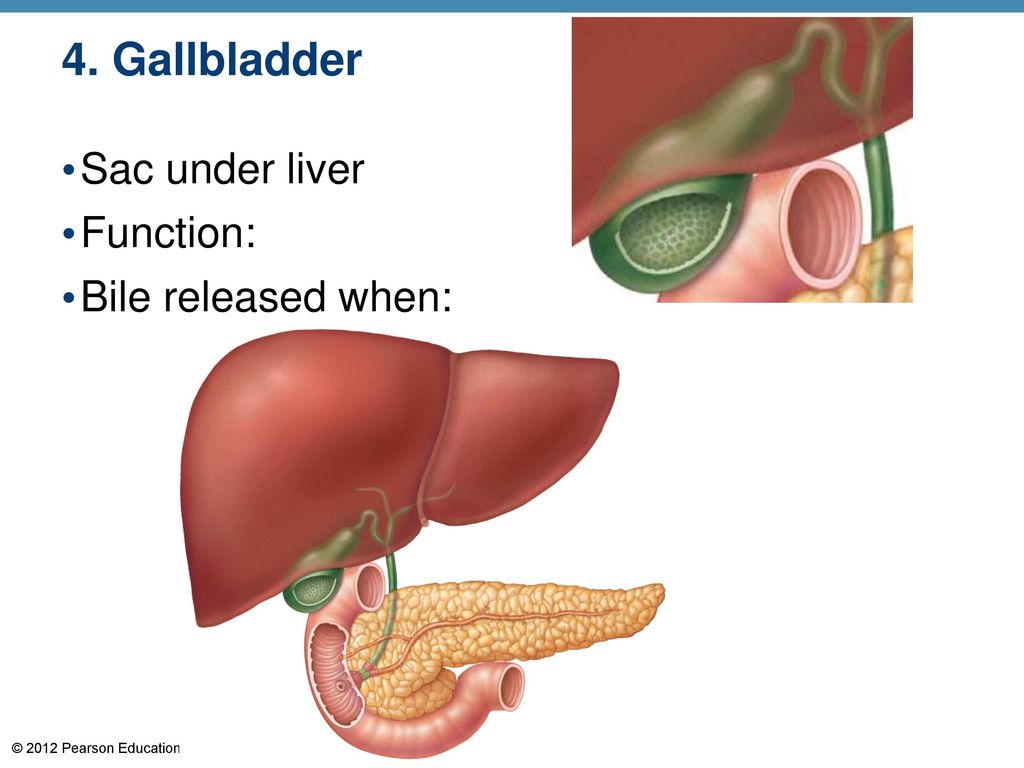
For each patient, the result can be described as either a “high” viral load, which is usually >800,000 IU/L, or a “low” viral load, which is usually <800,000 IU/L. It’s not uncommon to have a viral load in the millions. Today’s hepatitis C treatments are very effective with both high and low viral loads. An undetectable HCV viral load 10-12 weeks after hepatitis C is completed is associated with a cure.
The quantitative HCV RNA test is used to monitor a patient who is currently on treatment.
The response to treatment is considered good when the quantitative HCV RNA measurement drops and the virus eventually becomes completely undetectable.
Other things to know:
- The viral load measurement does not tell us anything about the severity of a patient’s liver disease or the degree of fibrosis (scarring). For that information, the patient would need additional testing.
- It is not necessary to check the viral load repeatedly during treatment.

- If a quantitative HCV RNA result is reported as “<15 IU/L,” this means that the quantitative test cannot measure the hepatitis C virus. It may mean that there is no detectable HCV RNA at all, but it may mean that the level of virus is just too low for the test to pick it up.
Hepatitis C genotype
The hepatitis C genotype is a type or “strain” of hepatitis C virus. There are 6 genotypes of hepatitis C around the world. In the United States, 3 genotypes are common:
- Genotype 1
- Genotype 2
- Genotype 3
These can be further specified as:
- Genotype 1a or 1b
- Genotype 2a or 2b or 2c
- Genotype 3a or 3b
A person’s hepatitis C genotype does not change over time. It needs to be tested only once. If you are treated for hepatitis C, your genotype will determine your treatment plan, such as which medications are prescribed and how long the treatment will be.
Associated lab tests
Patients with hepatitis C often have a wide variety of blood tests requested by their provider. In addition to tests of hepatitis C and tests of the liver, you may have tests of your kidney, blood counts, and testing for other infections. Vaccinations to prevent other viral illness may be suggested.
In addition to tests of hepatitis C and tests of the liver, you may have tests of your kidney, blood counts, and testing for other infections. Vaccinations to prevent other viral illness may be suggested.
It is especially important to understand these tests if you are taking hepatitis C treatments. Here we explain the meaning of some of the most common blood tests you may want to understand.
- Hemoglobin
- Hematocrit
- Creatinine
- Tests for HIV, hepatitis A and B
- AFP
- Antibody
Hemoglobin
Hemoglobin is a protein within red blood cells. Hemoglobin allows red blood cells to carry oxygen to the rest of the body.
Explanation of test results:
Measuring hemoglobin levels helps to estimate the number of red blood cells in the body. A low hemoglobin level is referred to as “anemia.” If hemoglobin levels are very low, patients may feel tired easily.
Other things to know:
- The hemoglobin level is related to the hematocrit (see next screen: “Hematocrit”).

- Low hemoglobin levels can develop during treatment with ribavirin (a medication sometimes used in hepatitis C treatment).
- Often, lowering the dosage of ribavirin will help bring the hemoglobin level back up.
Hematocrit
The hematocrit is sometimes known as “red blood cell count.” The hematocrit is the percentage of red blood cells in the total contents of your blood.
Explanation of test results:
A low hematocrit is referred to as “anemia.” If the hematocrit is very low, patients may feel tired easily.
Other things to know:
- The hematocrit is directly related to the hemoglobin level (see previous screen: “Hemoglobin”).
- Low hematocrits can develop during treatment with ribavirin (a medication sometimes used in hepatitis C treatment).
- Often, lowering the dosage of ribavirin will help bring the hematocrit back up.
Creatinine
The level of creatinine in your body is a marker of kidney function. Creatinine comes from the breakdown of creatine, a muscle protein. Properly functioning kidneys remove creatinine from the blood.
Creatinine comes from the breakdown of creatine, a muscle protein. Properly functioning kidneys remove creatinine from the blood.
Explanation of test results:
High levels of creatinine mean that the kidneys are not functioning properly. When creatinine levels rise gradually, there are not usually any symptoms, and the higher levels can be detected only with blood tests.
Other things to know:
- Certain medications can cause high levels of creatinine.
- A high creatinine level is sometimes referred to as “renal insufficiency” or “acute kidney injury.”
Tests for HIV, Hepatitis A and B
These are tests to determine if you have been exposed to other viruses that can cause or worsen liver disease. Vaccines for hepatitis A and B are recommended for all unvaccinated patients with hepatitis C. A positive test result for hepatitis A and B may indicate you were previously exposed or vaccinated and the results should be interpreted by your provider.
A positive test result for HIV indicates exposure to the HIV virus and requires referral to an infectious disease specialist. HIV is treatable and should be treated before HCV treatment can be provided. Hepatitis C treatments are as effective in patients with HIV as they are in patients without HIV.
AFP (Alfa-fetoprotein)
AFP is a protein that is present in patients with liver disease. AFP is also a “tumor marker” and may be used to see if a patient has liver cancer. (Liver cancer is also called hepatocellular carcinoma).
Explanation of test results:
A high level of AFP might mean that a patient has liver cancer. However, sometimes the AFP is high when there is active liver disease but no cancer. Usually, the AFP test needs to be interpreted by a doctor in combination with pictures of the liver taken with ultrasound or CT scan.
Other things to know:
- A mildly elevated AFP level needs to be interpreted by your provider.
 A high AFP level may just mean you have active liver inflammation.
A high AFP level may just mean you have active liver inflammation. - AFP can be elevated in other types of cancers and in a normal pregnancy.
Antibody
Antibodies are part of the immune system’s response to infection. Once an infection has taken place, the body makes antibodies, which become detectable in the bloodstream. Different antibodies fight different infections.
Explanation of test results:
If you have a positive test result for a specific antibody, it means that your body has had an immune response to that specific infection. It does not necessarily mean you are still infected–it does mean that you were infected at some point in the past.
It is recommended to check for antibodies to hepatitis A and B in all patients with hepatitis C. If you do not have antibodies to either of these viruses, vaccinations are recommended and highly effective.
Examination of the liver. What does diagnostics include?
Examination of the liver. What does diagnostics include? | Clinic Raduga
What does diagnostics include? | Clinic Raduga
The liver is responsible for many functions and takes part in almost all processes that occur in the body. Problems in her work instantly affect the patient’s well-being, causing a number of unpleasant symptoms: pain in the right hypochondrium, a yellow coating appears on the tongue, a sharp bitterness appears in the mouth, the skin acquires a yellowish tint.
Initial examination of the patient
The initial diagnosis of liver problems is made by a general practitioner who examines the patient and collects a medical history. After that, he writes out a referral for a consultation with a hepatologist or gastroenterologist. A hepatologist is a rather rare specialization that completely concentrates on the work of the hepatobiliary system. Most often, with liver problems, patients are referred to a gastroenterologist who deals with the gastrointestinal tract.
The appointment begins with a questioning and subsequent examination of the patient.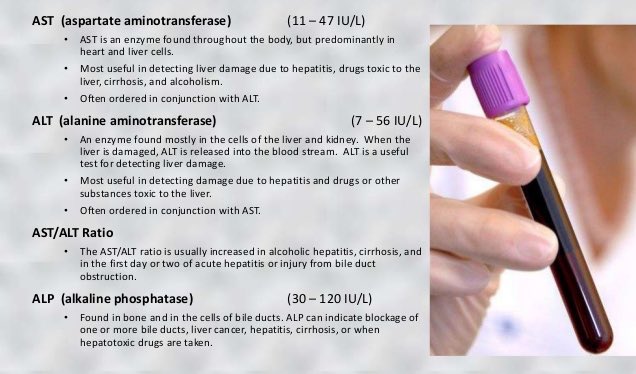 The doctor recognizes complaints, identifies existing symptoms. During the examination, he probes and taps the area of the liver to assess its size, density and location.
The doctor recognizes complaints, identifies existing symptoms. During the examination, he probes and taps the area of the liver to assess its size, density and location.
After that, laboratory tests are selected, including tests to check the liver, additional diagnostic methods that help the doctor to accurately diagnose and identify the cause of the patient’s poor health.
Laboratory diagnosis of liver diseases
The study of the patient’s biological material will determine the efficiency of the liver and assess how well it performs its functions. To do this, the doctor may prescribe examinations:
- Pigment exchange . The pigment bilirubin in the blood test clearly reflects the performance of the liver in general functions. It is prescribed for suspected jaundice and other diseases.
- Urine bilirubin . It is determined during a general urinalysis, which is prescribed for any symptomatology.
- Bile acid concentrations in bile .
 The analysis reflects the state of the gallbladder and ducts, liver. It is used to monitor the health of patients with hepatitis C. A high acid value is characteristic of problems with the outflow of bile.
The analysis reflects the state of the gallbladder and ducts, liver. It is used to monitor the health of patients with hepatitis C. A high acid value is characteristic of problems with the outflow of bile. - Protein metabolism . According to the results of the analysis, the doctor evaluates the content of fibrinogen, globulins, albumins and total protein. Their number shows the functionality of the liver in the processes of protein metabolism.
- Clotting system . An enzyme involved in blood clotting is determined. The patient’s blood sample is compared with a reference sample to look for deviations.
- Liver excretory function . To assess the indicator, a special dye is introduced into the patient’s blood. After 3 minutes, the first blood sampling is carried out, after 45 – the second. In the normal state, during the secondary analysis, the patient has no more than 5% of the dye. Higher values indicate liver function problems.
 The study is often carried out during the transition of hepatitis from the acute phase to the chronic one.
The study is often carried out during the transition of hepatitis from the acute phase to the chronic one. - Cholinesterases . This is an enzyme that is synthesized by the liver. The value indicates the degree of its synthetic activity. It helps not only to identify the presence of problems in the liver, but is also used to monitor the recovery of the patient.
- Serum enzymes . The study includes an assessment of alkaline phosphatase and aminotransferases, helps to determine liver pathologies. According to the results of the analysis, the doctor can determine the presence of problems with the functioning of the liver, even in the absence of patient complaints. With the help of the analysis, metastatic tumors are detected.
- Liver carbohydrate metabolism . The analysis is prescribed if there is a suspicion of hepatitis, cirrhosis and similar diseases. The patient receives a solution of galactose, and two hours later, he takes a blood and urine test.
 In a normal state, there is no galactose in the blood, no more than 6 g / l remains in the urine. Elevated levels may indicate a chronic or acute stage of hepatitis.
In a normal state, there is no galactose in the blood, no more than 6 g / l remains in the urine. Elevated levels may indicate a chronic or acute stage of hepatitis.
After laboratory tests, the doctor can refer the patient to instrumental diagnostics to clarify the diagnosis.
Instrumental diagnostics of the liver
Confirm the diagnosis and determine the degree of development of the pathology, monitor the course of the disease, assess the degree and nature of damage to the doctor using a number of instrumental techniques:
- Ultrasound . Ultrasound helps to detect the presence of tumors, cysts and other structural abnormalities. The doctor immediately sees a change in the size of the liver, problems with its location and other abnormalities.
- CT . Tomography gives a three-dimensional image of the liver, which allows you to carefully examine each of them often. This helps to timely identify even small neoplasms, hidden foci of diseases.

- MRI . The procedure is aimed at detecting fatty degeneration, assessing the nature of the tumor and identifying a number of other diseases. The use of a contrast agent demonstrates the patency of the bile ducts and vessels.
- Biopsy . The doctor makes a sample of liver tissue using a special needle. The biomaterial is used to determine the stage of the disease, the level of damage to the organ as a whole. The method is useful in the diagnosis of latent hepatitis B or hemochromatosis.
- Radioisotope scanning . The least informative procedure, as a result of which the doctor receives a two-dimensional image of the liver. With its help, you can evaluate the functionality of the organ, detect hemangiomas.
Liver diseases are quite dangerous, many of them lead to rather serious consequences. Therefore, doctors recommend not to delay the visit to the clinic after the first symptoms appear, which include yellowness of the skin, pain under the ribs on the right.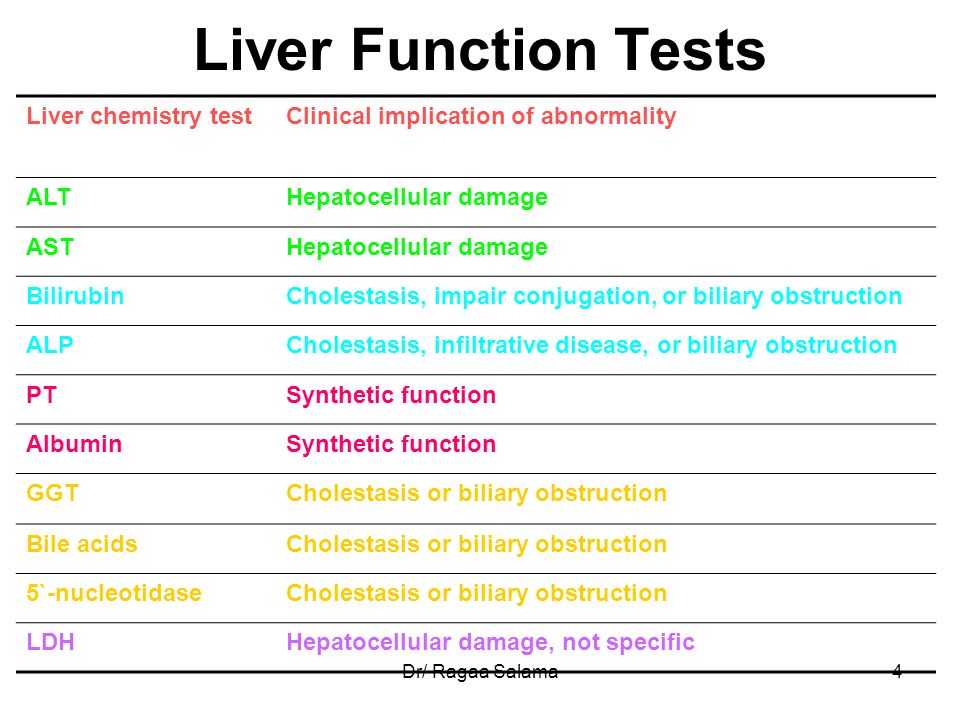 Laboratory diagnostics takes a minimum of time and allows you to exclude or confirm the presence of liver diseases.
Laboratory diagnostics takes a minimum of time and allows you to exclude or confirm the presence of liver diseases.
You can trust! The text is checked by a doctor and is of a general informational nature, does not replace the advice of a specialist. For recommendations on diagnosis and treatment, a doctor’s consultation is necessary.
Appointment
Choose the address of the clinic *Laboratory pr. 3st. Composers, 4
Choose a directionObstetricsAllergologyTestsAndrologyVaccinationGastroenterologyGenetic researchGynecologyDermatologyTherapeutic massageTreatment of infectionsMammologyPediatricsProctologyTherapyUltrasoundUrologyPhysiotherapyEndocrinology
By clicking on the “Make an appointment” button, you consent to the processing of your personal data.
Appointment for a consultation
Choose the address of the clinic *Laboratory pr. 3st. Composers, 4
Choose a directionObstetricsAllergologyTestsAndrologyVaccinationGastroenterologyGenetic researchGynecologyDermatologyTherapeutic massageTreatment of infectionsMammologyPediatricsProctologyTherapyUltrasound UrologyPhysiotherapyEndocrinology
consent to the processing of your personal data.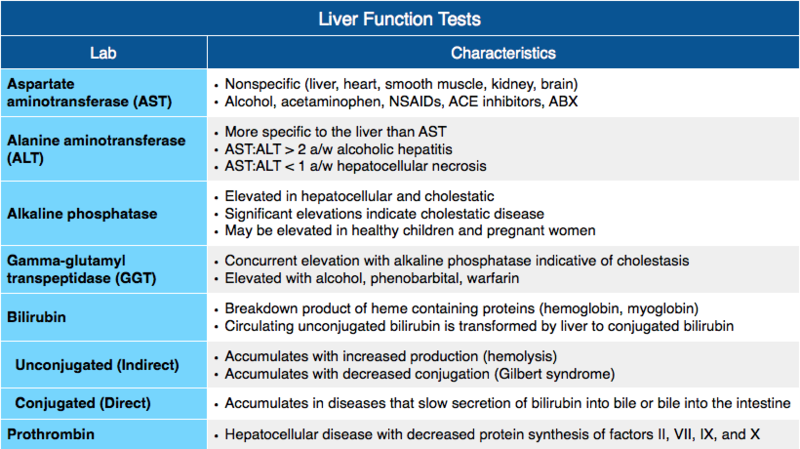
Select clinic address *Laboratory pr. 20, bldg. 3st. Composers, d. 4
what is it, causes, symptoms, stages, treatment
Cirrhosis of the liver is a chronic disease characterized by irreversible replacement of the liver parenchyma with scar connective tissue with a gradual loss of function by the organ, its compaction and wrinkling.
Pathology can be caused by a viral infection, intoxication of the body, hereditary and autoimmune disorders, damage to other structures of the hepatobiliary system. Without the help of doctors, the disease progresses and after a few years leads to the death of the patient from developed complications.
Treatment of liver cirrhosis includes medications to relieve symptoms and correct related disorders. The only radical method of treatment is surgical organ transplantation, but surgery is performed in extreme cases.
Causes of liver cirrhosis
One of the most common causes of cirrhosis of the liver, especially in men, is alcohol abuse.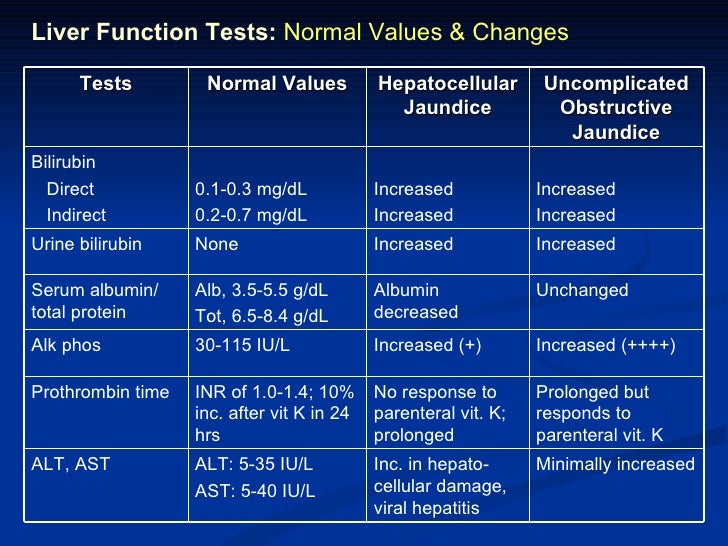 Often, organ fibrosis develops as a result of other diseases of the hepatobiliary system – viral and toxic hepatitis, obstruction or inflammation of the biliary tract, cholelithiasis.
Often, organ fibrosis develops as a result of other diseases of the hepatobiliary system – viral and toxic hepatitis, obstruction or inflammation of the biliary tract, cholelithiasis.
The following pathologies can also serve as an etiological factor:
- parasitic infestation;
- venous congestion in the vessels of the liver;
- portal hypertension;
- autoimmune diseases;
- severe right heart failure;
- secondary or tertiary syphilis, brucellosis;
- inherited metabolic disorders;
- long-term use of drugs, for example, Iprazide, anabolic steroids, Isoniazid, androgens, Methyldopa, Inderal, Methotrexate;
- mushroom poisoning, ingestion of industrial poisons, salts of heavy metals and other toxins.
Classification
Depending on the cause of liver cirrhosis, the following types of disease are distinguished:
- biliary, caused by damage to the biliary tract;
- toxic and toxic-allergic;
- infectious;
- circulatory, with venous congestion;
- exchange and alimentary;
- cryptogenic when the etiology remains unspecified.

The severity is set on the basis of existing deviations in laboratory tests for cirrhosis of the liver and the severity of complications. Accordingly, it can be compensated, subcompensated, decompensated.
Symptoms and stages of liver cirrhosis
Liver cirrhosis progresses through three stages:
- Initial. Moderate fibrosis is almost asymptomatic. The disease becomes an accidental finding during periodic medical examinations, medical examinations, and when examining a patient with an adjacent pathology.
- Clinical. Severe fibrosis is accompanied by dysfunction of the organ. The first symptoms of cirrhosis of the liver are a taste of bitterness and a feeling of dry mouth, fatigue, irritability, weight loss, bloating, periodic stool disturbance, pain in the right hypochondrium after exercise or diet errors. Later, appetite decreases, nausea, vomiting, belching, yellowness of the skin and mucous membranes, low-grade body temperature join.
 The liver and spleen increase in size, dilated veins and spider veins appear on the abdomen.
The liver and spleen increase in size, dilated veins and spider veins appear on the abdomen. - Terminal. The organ is reduced in size. There are jaundice, ascites, swelling of the extremities, bleeding from varicose veins of the esophagus, stomach and intestines.
Diagnostics
The diagnosis and treatment of liver cirrhosis is done by a gastroenterologist. During a conversation with a patient, he identifies predisposing factors for the development of pathology, such as alcohol or drugs, malnutrition, harmful working conditions, hereditary predisposition, and other chronic diseases.
External examination and palpation of the right hypochondrium reveal objective signs of liver cirrhosis – icterus of the skin, mucous membranes, enlargement of the liver, tuberosity of its edge and induration.
Laboratory and instrumental research methods are used to confirm the diagnosis and detect complications:
- General clinical blood test.
 Evaluate signs of anemia, platelet count.
Evaluate signs of anemia, platelet count. - Urinalysis. Abnormalities indicate hepatorenal syndrome.
- Biochemical blood test. Pay attention to such indicators as AST, ALT, GGTP, alkaline phosphatase, total bilirubin and its fractions, albumin, serum iron, total cholesterol, creatinine, glucose, sodium, potassium, ferritin, ceruloplasmin.
- A blood test for coagulability – a coagulogram.
- The level of antinuclear antibodies and alpha-fetoprotein in blood serum.
- Detection of markers of viral hepatitis – HBsAg, anti-HCV, anti-HDV, and HIV.
- Electrocardiography.
- Ultrasound examination of the abdominal organs.
- Endoscopic examination of the stomach and duodenum, as well as examination of the vessels of the rectum using sigmoidoscopy for varicose veins.
- Determination of cognitive impairment using the number linking test and other methods.
Additional diagnostic tests include:
- determination of the average volume of erythrocytes in order to detect alcoholic liver disease;
- average content of hemoglobin in an erythrocyte;
- stool for occult blood;
- determination of gamma globulin;
- biochemical blood test for total protein, ammonia, urea levels;
- concentration of Α1-antitrypsin;
- antibodies to double-stranded DNA, smooth muscle, hepatic-renal microsomes anti-LKM1;
- thyroid hormones – T4 free, TSH, antibodies to thyroperoxidase;
- study of the level of total estradiol in women, androgens in men;
- cryoglobulin content;
- CT or MRI of the abdomen with contrast;
- Ultrasound of the pelvic organs for suspected kidney damage;
- echocardiography;
- indirect liver elastography.

If hepatic encephalopathy is suspected, electrophysiological tests, CT and MRI of the brain are performed. Dopplerography of the vessels of the liver and spleen allows you to assess the signs of acute or chronic thrombosis. To exclude oncology, including hepatocellular carcinoma, abdominal ultrasound, CT or MRI with contrast enhancement, and liver biopsy are recommended. With ascites, fluid is taken from the abdominal cavity with subsequent analysis of its composition.
Treatment of liver cirrhosis
All patients with liver damage are recommended to avoid alcohol, limit physical activity and diet with the exception of fatty, heavy, high-protein foods. It is also necessary to reconsider drug therapy for chronic diseases, if it was carried out. It is important to establish the cause of pathological changes in the organs of the hepatobiliary system and eliminate it.
Conservative treatment of liver cirrhosis includes the use of hepatoprotectors, beta-blockers, sodium preparations and ursodeoxycholic acid. Additionally, prevention of osteoporosis and thrombosis is performed with calcium and zinc preparations, vitamin D, bisphosphonates, symptomatic treatment of itching, control and treatment of anemia.
Additionally, prevention of osteoporosis and thrombosis is performed with calcium and zinc preparations, vitamin D, bisphosphonates, symptomatic treatment of itching, control and treatment of anemia.
In case of decompensated cirrhosis of the liver, the patient is hospitalized in a hospital under round-the-clock supervision of doctors, since the risk of death is high.
Correction of complications of the disease includes:
- use of diuretics and surgical removal of excess fluid in ascites;
- nootropics and sorbents to improve brain function;
- beta-blockers followed by ligation or sclerotherapy of dilated veins, creation of additional anastomoses between them in case of portal hypertension;
- surgical removal of the affected segments of the organ or its transplantation in case of malignant degeneration of liver tissue into hepatocellular carcinoma;
- androgen intake by men with severe manifestations of hypogonadism;
- hormonal correction in women with liver cirrhosis to prevent dysfunctional uterine bleeding.



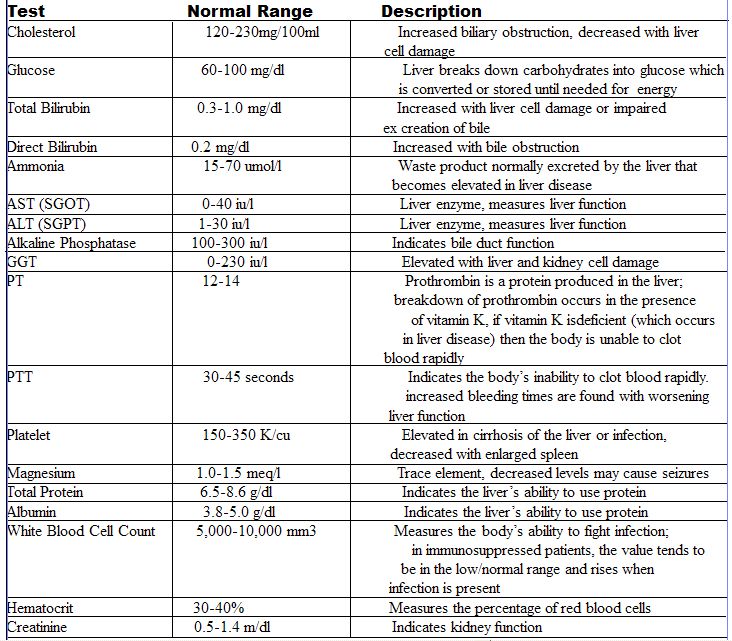
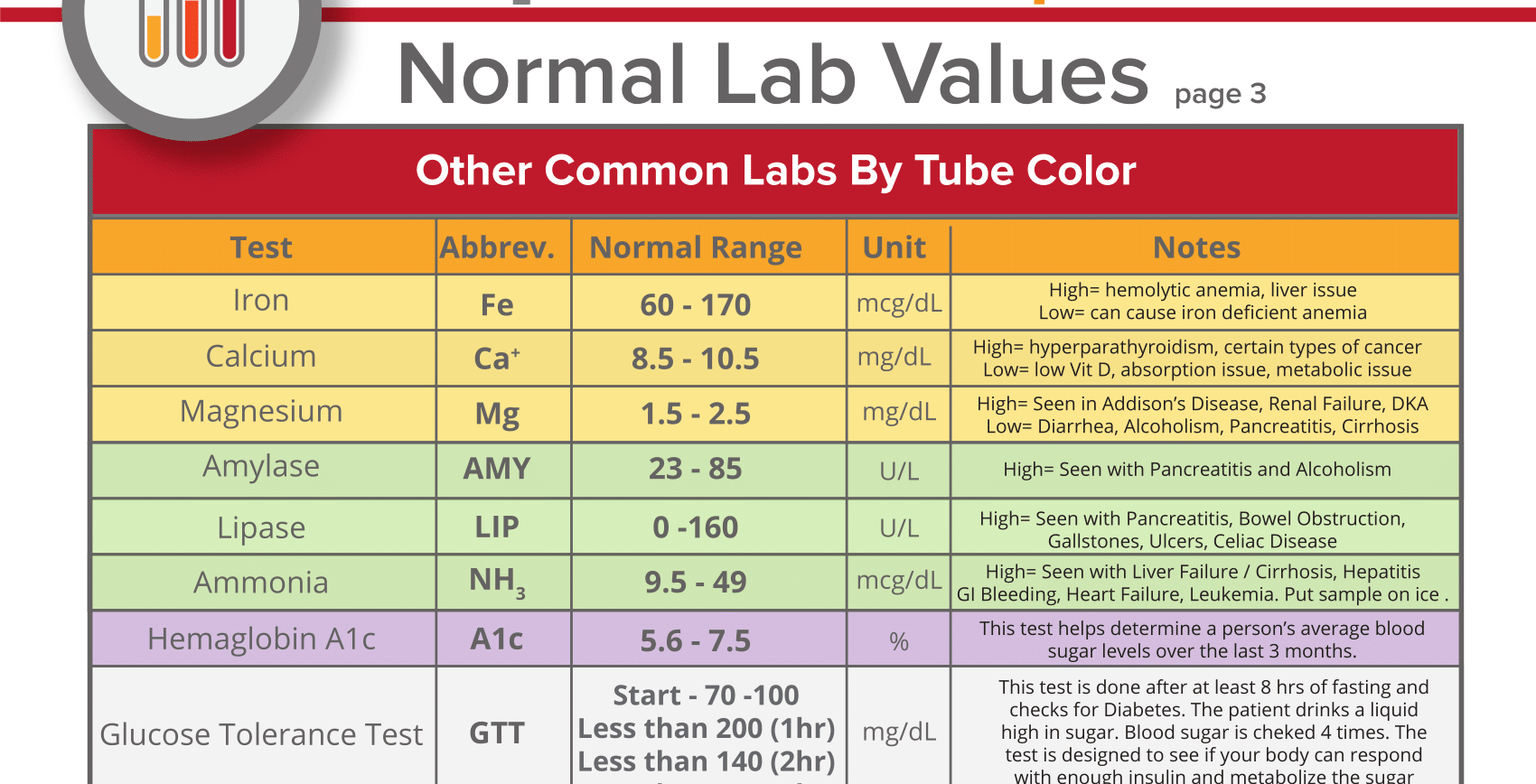


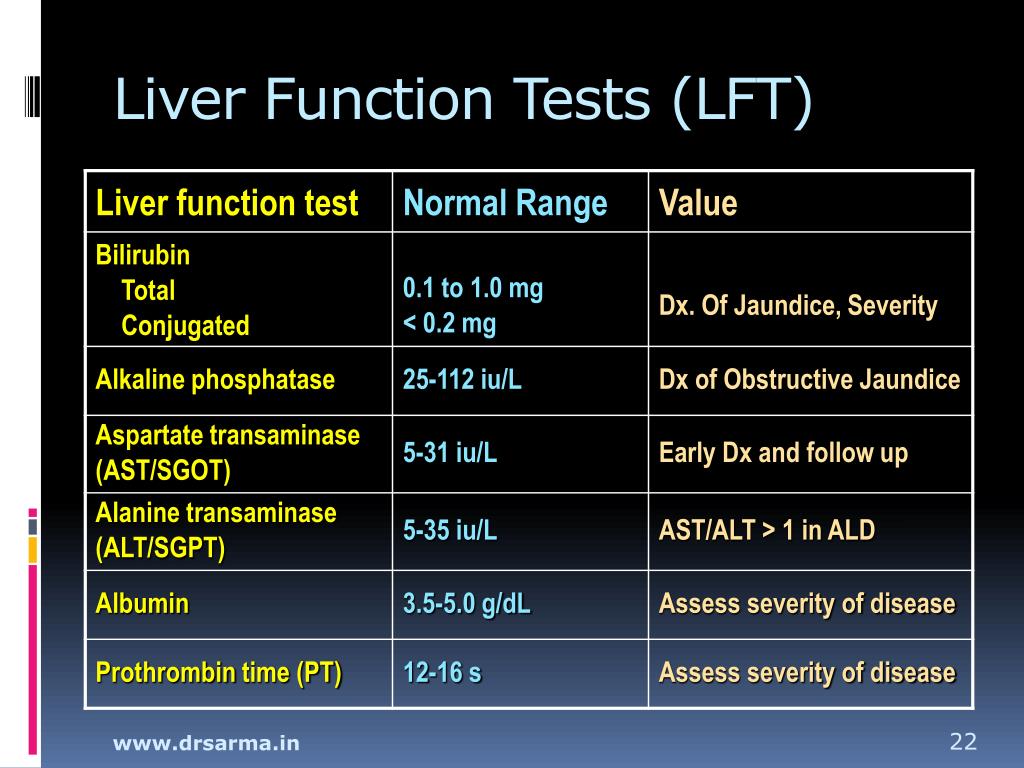 A high AFP level may just mean you have active liver inflammation.
A high AFP level may just mean you have active liver inflammation. The analysis reflects the state of the gallbladder and ducts, liver. It is used to monitor the health of patients with hepatitis C. A high acid value is characteristic of problems with the outflow of bile.
The analysis reflects the state of the gallbladder and ducts, liver. It is used to monitor the health of patients with hepatitis C. A high acid value is characteristic of problems with the outflow of bile. The study is often carried out during the transition of hepatitis from the acute phase to the chronic one.
The study is often carried out during the transition of hepatitis from the acute phase to the chronic one. In a normal state, there is no galactose in the blood, no more than 6 g / l remains in the urine. Elevated levels may indicate a chronic or acute stage of hepatitis.
In a normal state, there is no galactose in the blood, no more than 6 g / l remains in the urine. Elevated levels may indicate a chronic or acute stage of hepatitis.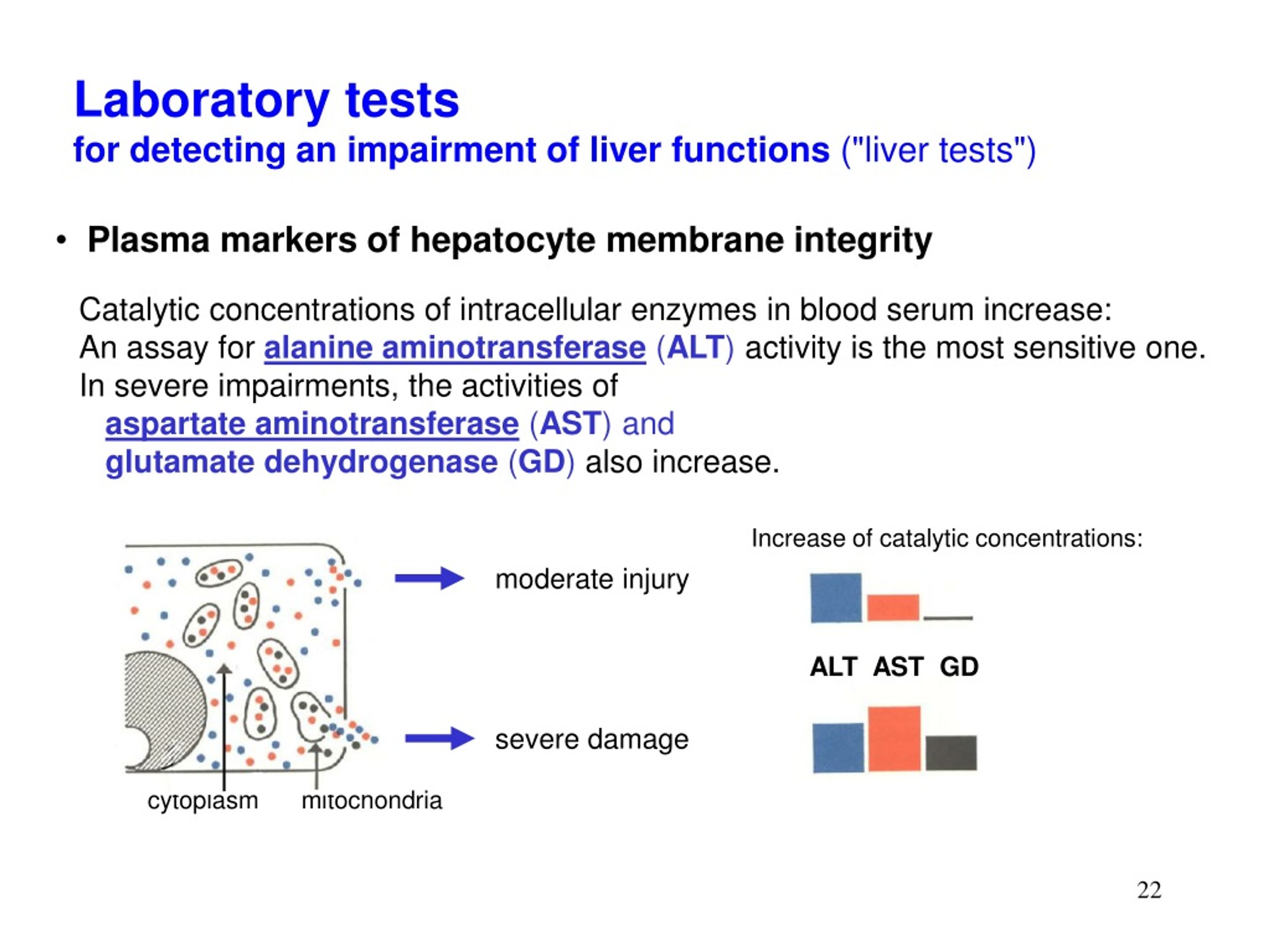

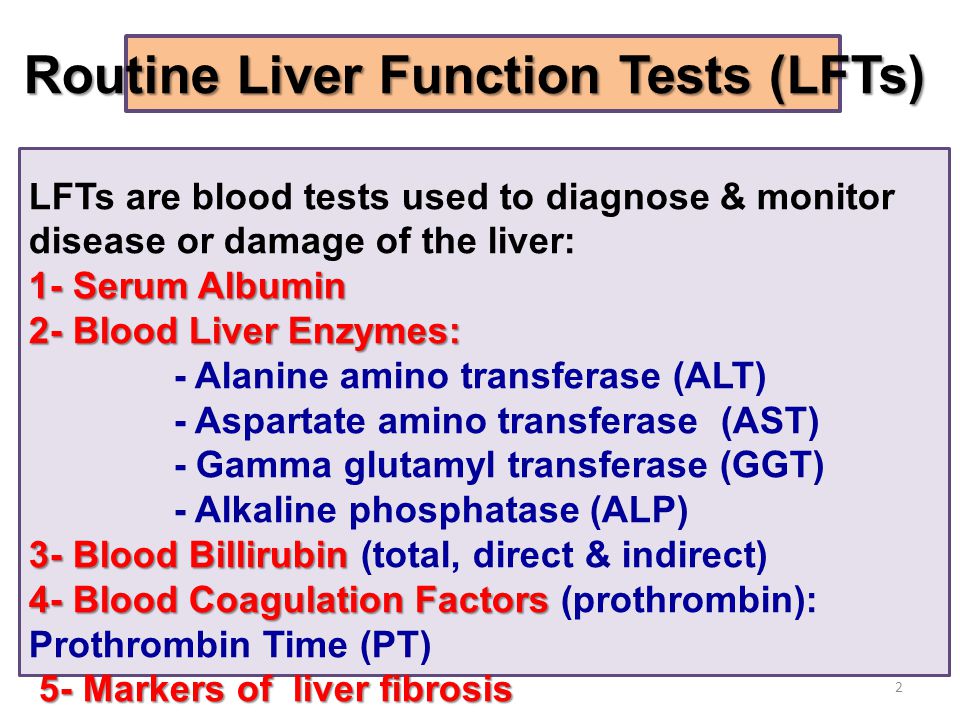 The liver and spleen increase in size, dilated veins and spider veins appear on the abdomen.
The liver and spleen increase in size, dilated veins and spider veins appear on the abdomen. Evaluate signs of anemia, platelet count.
Evaluate signs of anemia, platelet count.